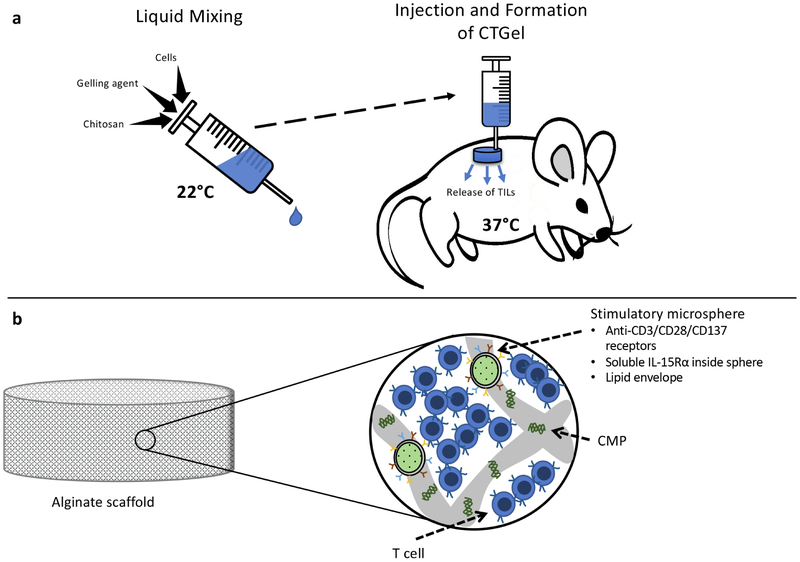Fig. 4. Scaffolds delivering T cells for enhanced ACT therapy.
a) Monette et. al. combined chitosan, gelling agent (sodium hydrogen carbonate in phosphate buffer), and cell culture medium to create an injectable chitosan-based thermogel (CTGel) that maintains the extended release of cytotoxic T lymphocytes. At room temperature the components mix in solution, and upon injection into the thermogel solidifies, creating a readily administered T cell reservoir. In vitro studies verified the gradual discharge of desirable T cells from the CTGel. b) T cells are seeded onto Stephen et. al.’s polymerized alginate macroporous scaffold, which are surgically implanted into a tumor resection bed or near an inoperable tumor site. A synthetic collagen-mimetic peptide (CMP) is used to bind T cells to the scaffold, and porous silica microparticles presenting membrane-bound ligands anti-CD3, anti-CD28 and anti-CD137 and loaded with soluble interleukin-15 superagonist (IL-15Rα) are added into the scaffold void space. Degradation of the scaffold results in the sustained release and enhanced proliferation of robust antitumor T cells [160].

